Not another 'Suicidal Gardenia', BUT
gigi-f
17 years ago
Related Stories
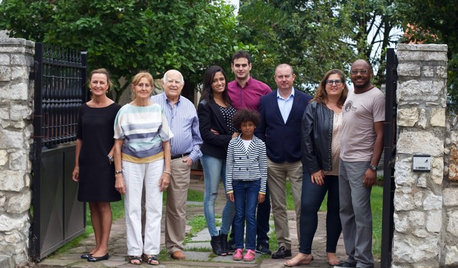
LIFEWorld of Design: See How 7 Families Live in Multigenerational Homes
What happens when three or more generations live within shouting distance of one another? More hugging than shouting, actually
Full Story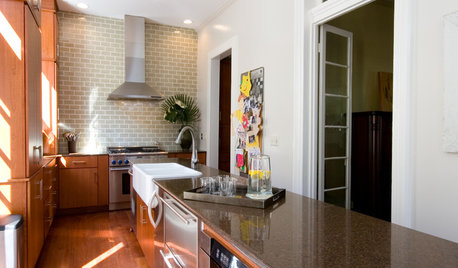
DECORATING GUIDESAre Ceiling Fans the Kiss of Death for Design?
Ceiling fans get a bad rap for being clunky and outdated, but these streamlined styles and a bevy of pros beg to differ
Full Story
EDIBLE GARDENSHow to Grow Your Own Luscious Cherries
Nope, they’re not the easiest fruit to grow. But with spectacular blossoms and pies as possibilities, cherries are sure worth a try
Full Story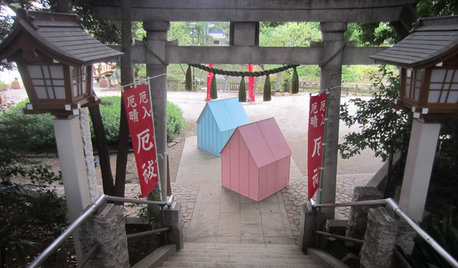
DESIGN FOR GOODShelter in a Storm: Architects Improve Global Disaster Relief
Temporary housing takes a well-designed turn with affordable, easily stored structures that address privacy
Full Story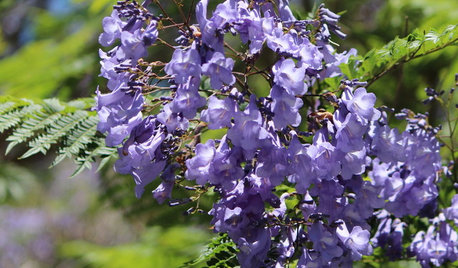
CALIFORNIA GARDENINGCalifornia Gardener's July Checklist
Bite into tree-fresh apricots, inhale delightful garden perfumes and continue planting vegetables for a late-summer harvest
Full Story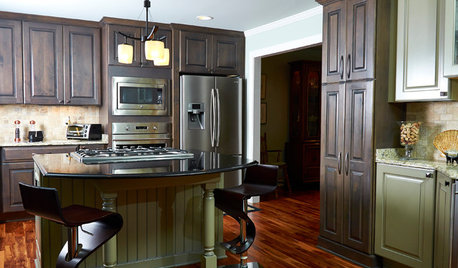
KITCHEN MAKEOVERSKitchen of the Week: Rich Materials, Better Flow and a Garden View
Adding an island and bumping out a bay window improve this kitchen’s layout and outdoor connection
Full Story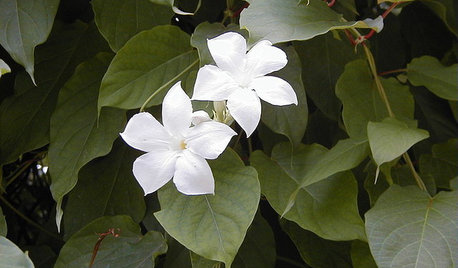
GARDENING GUIDESGreat Design Plant: Chilean Jasmine
Heavenly scented white blooms are the draw with this alluring vine, a treat for gardens through summer and into fall
Full Story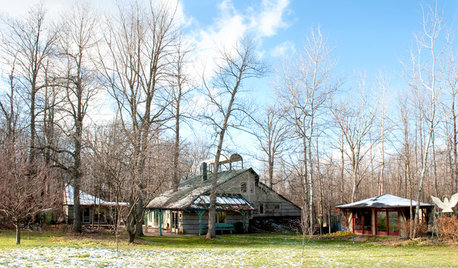
LIFEWhen You're Suddenly Solo at Home
Whether you stay in a home alone or move on, these strategies from professional organizers can help you with the process
Full Story
LIGHTINGHouzz Tour: An Indian High-Rise Trips the Light Fantastic
Surreal colored lighting and an ubercontemporary design make an apartment near Mumbai dance with drama
Full Story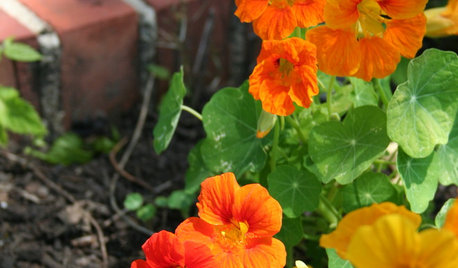
GARDENING GUIDESDon’t Let These Excuses Keep You From Gardening
Stop blaming your lack of experience, space, time and funds, and get on with the joy of garden making
Full StoryMore Discussions






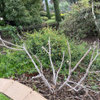
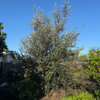
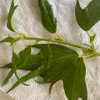
lilboy
melle_sacto is hot and dry in CA Zone 9/
Related Professionals
Norfolk Landscape Architects & Landscape Designers · Grand Haven Landscape Architects & Landscape Designers · Salisbury Landscape Architects & Landscape Designers · Mount Wilson Landscape Architects & Landscape Designers · Bristol Landscape Contractors · Cudahy Landscape Contractors · Fishers Landscape Contractors · Petaluma Landscape Contractors · Kingsburg Landscape Contractors · Bensenville Landscape Contractors · South Miami Heights Swimming Pool Builders · Willoughby Swimming Pool Builders · Wichita Window Contractors · Meadow Woods Window Contractors · Prairie Village Window ContractorsCA Kate z9
wanda
gw:gigi-f
katwoman64